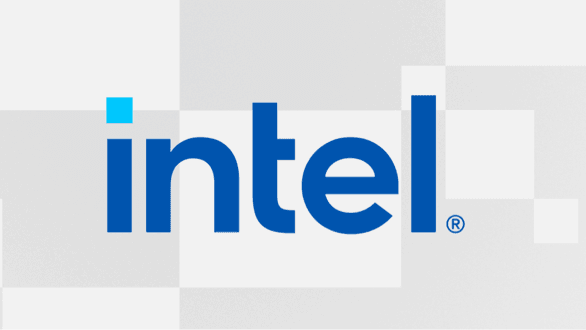- Joined
- Jul 15, 2020
- Messages
- 1,102 (0.61/day)
| System Name | Dirt Sheep | Silent Sheep |
|---|---|
| Processor | i5-2400 | 13900K (-0.02mV offset) |
| Motherboard | Asus P8H67-M LE | Gigabyte AERO Z690-G, bios F29 Intel baseline |
| Cooling | Scythe Katana Type 1 | Noctua NH-U12A chromax.black |
| Memory | G-skill 2*8GB DDR3 | Corsair Vengeance 4*32GB DDR5 5200Mhz C40 @4000MHz |
| Video Card(s) | iGPU | NV 1080TI FE |
| Storage | Micron 256GB SSD | 2*SN850 1TB, 230S 4TB, 840EVO 128GB, IronWolf 6TB, 2*HC550 18TB in RAID1 |
| Display(s) | LG 21` FHD W2261VP | Lenovo 27` 4K Qreator 27 |
| Case | Thermaltake V3 Black|Define 7 Solid: 2*TOUGHFAN 14Pro+2*Stock 14 inlet, NF-A14 PPC-3000+NF-A8 outlet |
| Audio Device(s) | Beyerdynamic DT 990 (or the screen speakers when I'm too lazy) |
| Power Supply | Enermax Pro82+ 525W | Corsair RM650x (2021) |
| Mouse | Logitech Master 3 |
| Keyboard | Roccat Isku FX |
| VR HMD | Nop. |
| Software | WIN 10 | WIN 11 |
| Benchmark Scores | CB23 SC: i5-2400=641 | i9-13900k=2281 MC: i5-2400=i9 13900k SC | i9-13900k=35500 |
I successfully config the 2 HDDs to RAID 1 volume in the bios under VMD (NOT from windows). It is NOT a system disk and meant only for big data storage (Gigabyte AERO Z690 G, 2*WD HC550 18TB).
In windows (11) I see only one drive at 18TB, as expected.
But still, how can I be certain that both drive hold the same data?
Is there any software the can show the state of the RAID?
I though of doing the physicals test- copy some data to the 18TB drive (now they are empty), turn computer off, disconnect one of the two 18TB drives (call it A) and see if the other (B) still hold the data. Than disconnected B, connect A and check again. Makes sense?
In windows (11) I see only one drive at 18TB, as expected.
But still, how can I be certain that both drive hold the same data?
Is there any software the can show the state of the RAID?
I though of doing the physicals test- copy some data to the 18TB drive (now they are empty), turn computer off, disconnect one of the two 18TB drives (call it A) and see if the other (B) still hold the data. Than disconnected B, connect A and check again. Makes sense?




 Enjoy!
Enjoy!